Geometry Worksheet-17
(a) In a trapezium the diagonals bisect each other
(b) In a rectangle diagonals intersect at right angles
(c) The diagonals of a rhombus are equal
(d) None of these
(a) square (b) rhombus (c) rectangle (d) parallelogram
(a) square (b) rhombus (c) rectangle (d) none
(a) square
(b) rhombus which is not a square
(c) rectangle which is not a square
(d) none
(a) its diagonals do not bisect each other
(b) its diagonals are not perpendicular
(c) opposite angles are not equal
(d) the length of diagonals are not equal
(a) its diagonals do not bisect each other
(b) its diagonals are not perpendicular
(c) all angles are not equal
(d) its diagonals are not equal
(a) an equilateral &le
(b) an isosceles but not right angled Dle
(c) a right angled but not an isosceles Dle
(d) an isosceles right angled triangle
(a) parallelogram (b) square
(c) rhombus (d) rectangle
(a) Its diagonals are equal
(b) Its diagonals are perpendicular to each other
(c) The diagonals divide the figure into four congruent &les
(d) All of these
(a) circle (b) triangle (c) square (d) pentagon
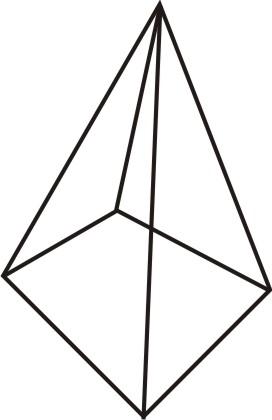
(a) 12 (b) 8 (c) 6 (d) 4
(a) 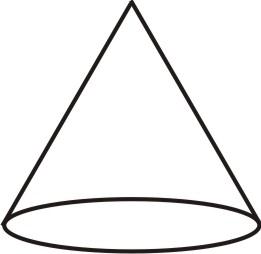 (b)
(b) 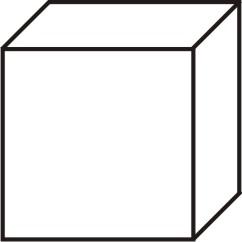
(c) 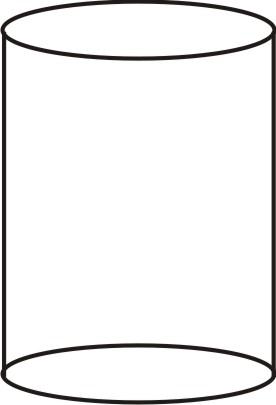 (d)
(d) 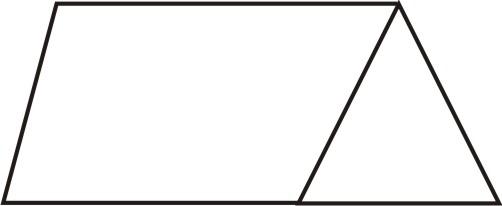
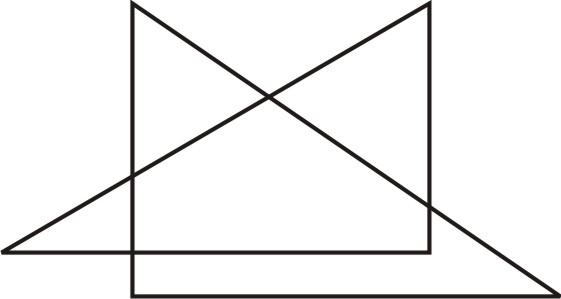
(a) 3 (b) 5 (c) 6 (d) 7
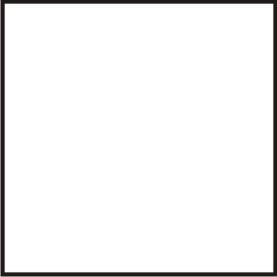
The same solid, when viewed from top, looks like this.
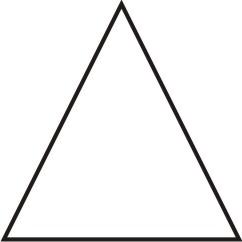
Which of these shapes could it be?
(a) 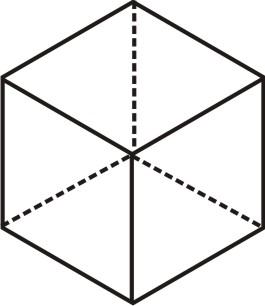 (b)
(b) 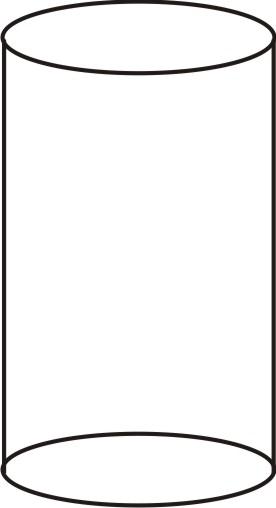
(c) 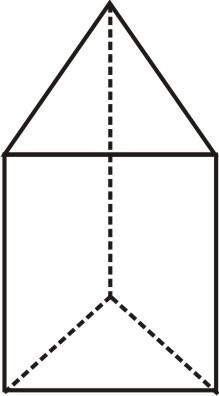 (d)
(d) 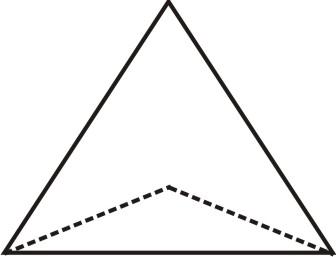
(a)  (b)
(b) 
(c)  (d)
(d) 
Answer Key:
(1)-(d); (2)-(d); (3)-(c); (4)-(a); (5)-(d); (6)-(b); (7)-(d); (8)-(a); (9)-(d); (10)-(c); (11)-(b); (12)-(b); (13)-(b); (14)-(c); (15)-(c)